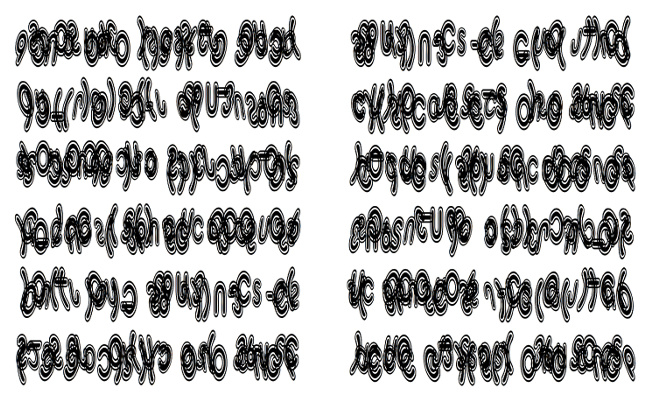I never met Franny, but I know his face. In my mind I walk my father's family house in Nahant, Massachusetts, north of the Boston harbor. Inside, I see Franny's black-and-white high school picture everywhere, the same one in different sizes: flaxen crew cut and upturned head, delicate cheekbones like his mother, shoulders squared in suit and tie. And the eyes. Melting almost, like you can step into them.
There's a life-size version outside the master bedroom where Grandmother would iron shirts; a smaller one in Grandfather's study, where relatives now keep dented Wiffle ball bats, towels, tennis rackets, a croquet set, dogs; another along the stairs to the second floor, where Grandfather fell a year before his fatal stroke; and then on the third floor, a photo from freshman year in college, the tiny oval of Franny's face among his classmates.
No one speaks his name. But if it is the first weekend in July, at the Nahant Village Church next to our house, the bulletin will state that the altar flowers are dedicated to Henry Francis Callard, 1937-1956.
When art students have trouble painting negative space, teachers often give them a viewfinder and construction paper and ask them to cut out its shapes instead, paste them on a surface. In the negative space surrounding Franny, in the holy glow of photos, a ghost.
When I visited my parents' home in Washington, D.C. several years ago, I noticed a watercolor painting of tiny houses on a snow-covered mountain hanging in the guest room. I had never seen it before. The hills looked blurry, submerged. The sky was dark; yellow light shone through tiny porthole windows. Three trees in the upper right hand corner, two in the lower left, the rest bare snow. A road winding diagonally, down, up, over, disappearing. "H.F. Callard" scratched just below the road at the bottom. An MFA writing student at the time, I felt a sharp jolt of recognition—here was a fellow artist, one who shared my father's blood.
"Did you see Franny die, Double?" My younger sister Hannah, just out of college. She calls my father Double, for T-Double C, Timothy Cooley Collard. I don't like the nickname; it shrinks him down to a baby, helpless, not in control.
"No, I was not there." My father's voice, far away. It's 2001, August, and hot, nearly a half century since the accident. He wears a green knit shirt, sweat stains under the armpits. He's driving all of us—me, my brother Andrew, my sisters Hannah and Katharine, my mother—to a New Hampshire lake.
"Who told you what happened?" My twenty-eight-year-old voice.
"Aunt Libby told me."
"Was Franny dead when you found out?"
"Yes."
"What happened to him, Double?" Katharine too. Double.
Two boys and a girl go sailing in Nahant. Franny and his brother David and Anne Bangs. They swim in from the boat, David sees his brother go under, dives down, finds him, pulls him to shore. People try to resuscitate the unconcious Franny, he's swallowed water, they try an artificial compressor, no use.
"We need to get gas," my father says, and takes the next exit. Hannah massages his shoulder by the pump as he fiddles with the handle.
"You never have said that much about Franny, Double."
"Nobody asked me."
To read the rest of this piece, purchase issue 27.1 here.

